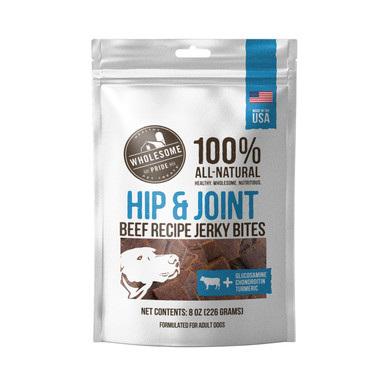According to the American College of Veterinary Surgeons, canine elbow dysplasia in dogs, or ED, is an inherited condition that causes several developmental abnormalities in your dog’s elbow joint.
The elbow joint is on your dog‘s forelimb. It is one of the more complex joints because it’s formed by three bones: the radius, the ulna, and the humerus. Most of the time, elbow dysplasia affects both of your dog’s front legs.
The bones in this joint need to fit together perfectly, but sometimes certain growth abnormalities, as well as an abnormal distribution of weight on the various parts of the joint, can cause problems. When this happens, your dog might exhibit lameness or he might even develop arthritis early in life.
Dysplasia is just a technical word for abnormal growth. Elbow dysplasia involves several different conditions — fragmented coronoid process (FCP), osteochondrosis (also known as osteochondritis dissecans or OCD), joint incongruity and cartilage anomaly, and ununited anconeal process (UAP) — which are all lumped into the condition known as medial compartment disease.
The fragmented medial coronoid process is a projection on the ulna that develops a fissure or crack. An ununited anconeal process is when a part of the ulna fails to unite with the main bone. Joint or elbow incongruity refers to the situation where parts of the elbow joint that should be touching are not, while parts that shouldn’t be touching are.
Finally, cartilage is what covers the joints of your dog’s elbow, and if that cartilage has small pits or areas of uneven coverage, those are anomalies.

What are the Causes of Elbow Dysplasia?
It’s not entirely clear. It’s considered to be genetic in origin, but it is really a developmental disease. It is definitely more problematic in dog breeds that grow rapidly.
There are certain issues that may contribute to the problem, including:
- trauma to the elbow joint
- a high protein diet that can facilitate a rapid growth rate
- hormonal imbalances that can occur in growing dogs
- poor nutrition
- rapid weight gain that accompanies a fast growth rate
- obesity
- the level of exercise the dog gets
What are the Signs of Elbow Dysplasia?
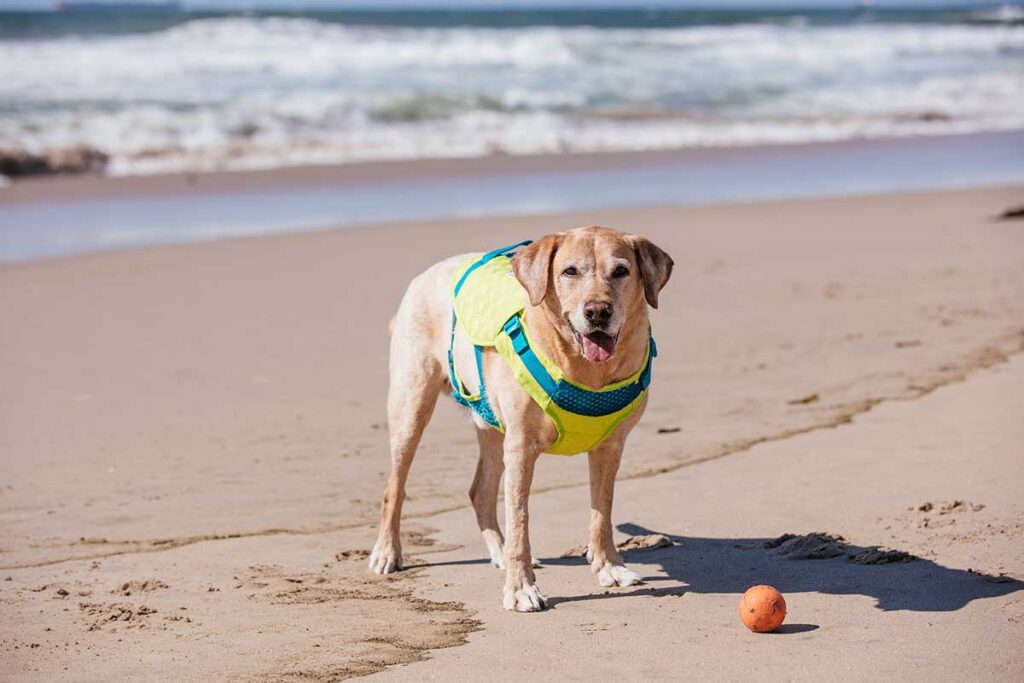
Dogs affected by canine elbow dysplasia typically show signs when they are young dogs. Usually, the symptoms show up at about 5 months of age. It is possible that you might not notice anything until they are between 4 – 6 years of age.
Those affected dogs will start limping, particularly after they have exercised. The lameness doesn’t go away until they have rested, but it begins to worsen over a period of weeks or months. Sometimes, it can be hard to see that they’re limping because both forelimbs are affected. It can become so bad that your dog refuses to take walks or exercise for long periods of time.
How Is Elbow Dysplasia Diagnosed?
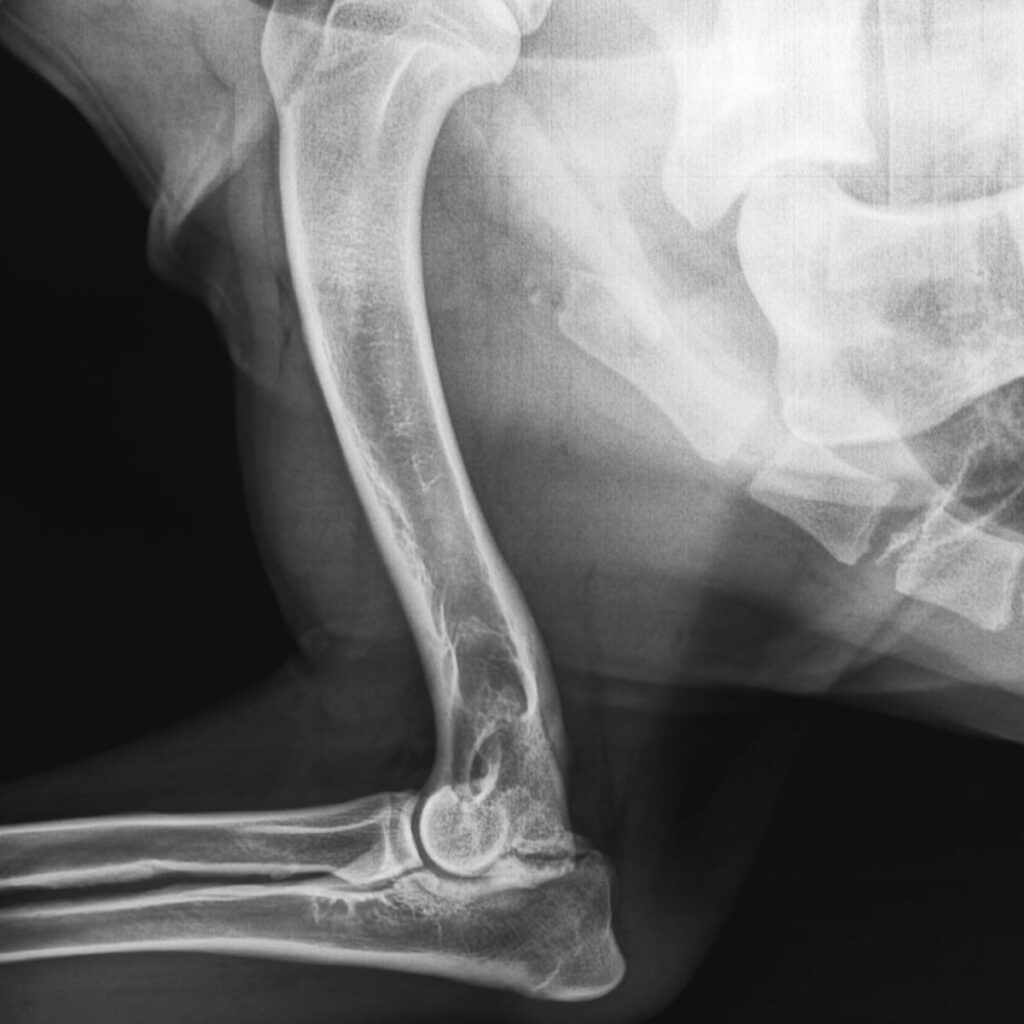
The diagnosis of elbow dysplasia is usually accomplished using radiographs, or x-rays, as well as looking for the clinical signs of the problem. The clinical signs include fully bending or extending the elbow, a limited range of motion, and lameness.
The X-rays often show signs of osteoarthritis. Your veterinarian may also be able to see the small bone fragments that result from the ununited anconeal process. These fragments can get into the joint and cause further pain.
Once the diagnosis is made, your veterinarian may refer you to a veterinary surgeon. The surgeon will likely perform additional clinical tests such as computed tomography or CT scans, MRI scans, or arthroscopy. They’ll want to know the exact extent of the damage to the elbow joint so they can recommend the best treatment options.
What Breeds of Dogs are Most Affected?

Elbow dysplasia can occur in any dog breed, but it is seen more frequently in large or giant breed dogs. Bernese Mountain Dogs, Newfoundlands, German Shepherds, Labrador retrievers, Rottweilers, and Golden retrievers are the dog breeds that are most commonly affected.
Part of the problem with large breed dogs is that they grow from such a small size to such a large size very rapidly. The rapid growth that occurs in young dogs can create problems when something as complex as the elbow joint is forming. The same problem occurs with hip dysplasia, and these same breeds often have issues with that.
What Is the Treatment of Elbow Dysplasia?
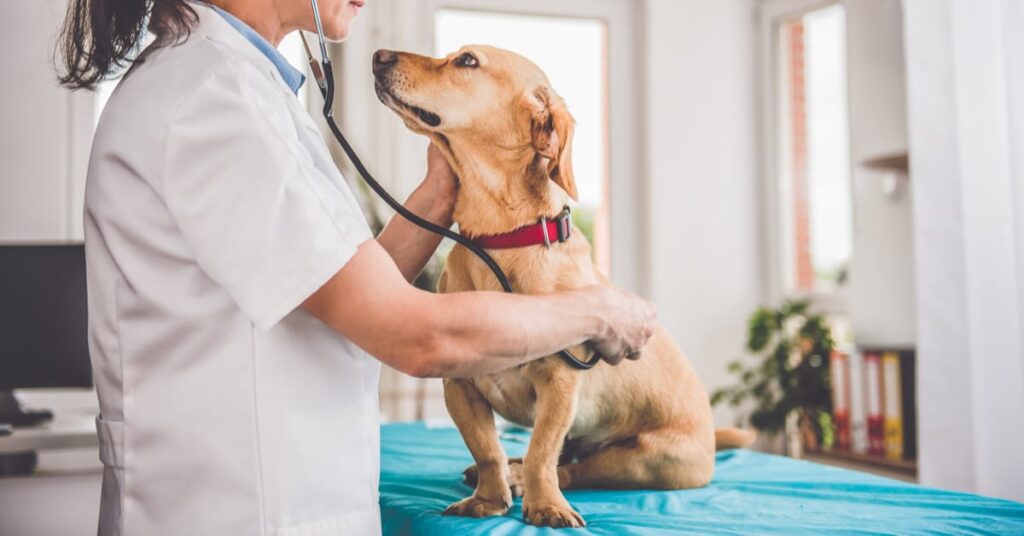
The treatment of canine elbow dysplasia depends on the disease’s severity. There are non-surgical treatments that include things like pain management, the use of nutraceutical supplements like glucosamine, intra-articular injections, and even hydrotherapy.
The non-surgical treatment options are used more commonly in older dogs. They don’t really address the underlying problem though, and that’s why surgical options are more common in young dogs.
The surgical treatment options can be broken down into three categories:
- arthroscopic treatments
- osteotomies like an ulnar osteotomy or a sliding humeral osteotomy
- a combination of the two methods
Most veterinary surgeons will begin with an arthroscopic examination done under general anesthesia.
After they have ascertained the extent of the problem in your dog, they will then go on to do one or more of the following surgical treatments:
- The removal of any bone fragments or loose cartilage
- Alteration of the joint to shift weight away from the affected areas (sliding humeral osteotomy)
- The reattachment of that ununited anconeal process
- Surgical correct of the joint incongruity so that all parts are articulating where they should
- Elbow replacement (this is usually reserved for dogs with severe elbow disease)
Prognosis and Aftercare for Canine Elbow Dysplasia Treatment
The aftercare depends on the type of treatment that was used. Post-surgical aftercare typically involves a period of confinement that can be as much as 2 – 6 weeks long.
While the surgical treatments may resolve the elbow alignment problems and remove bone fragments, if osteoarthritis has set in, that cannot be cured. It will slowly progress over the course of your dog’s lifetime.
Most cases of elbow dysplasia show some improvement after surgery even if there is arthritis present. Unfortunately, however, the problem cannot be cured, but it can be managed so that most patients have a good long-term prognosis following surgical treatment.
Your dog will be limited when it comes to exercise, but swimming is one of the best activities for dogs with joint problems. Try to find a dog-friendly pool or rehab center near you.
Can Canine Elbow Dysplasia Be Prevented?
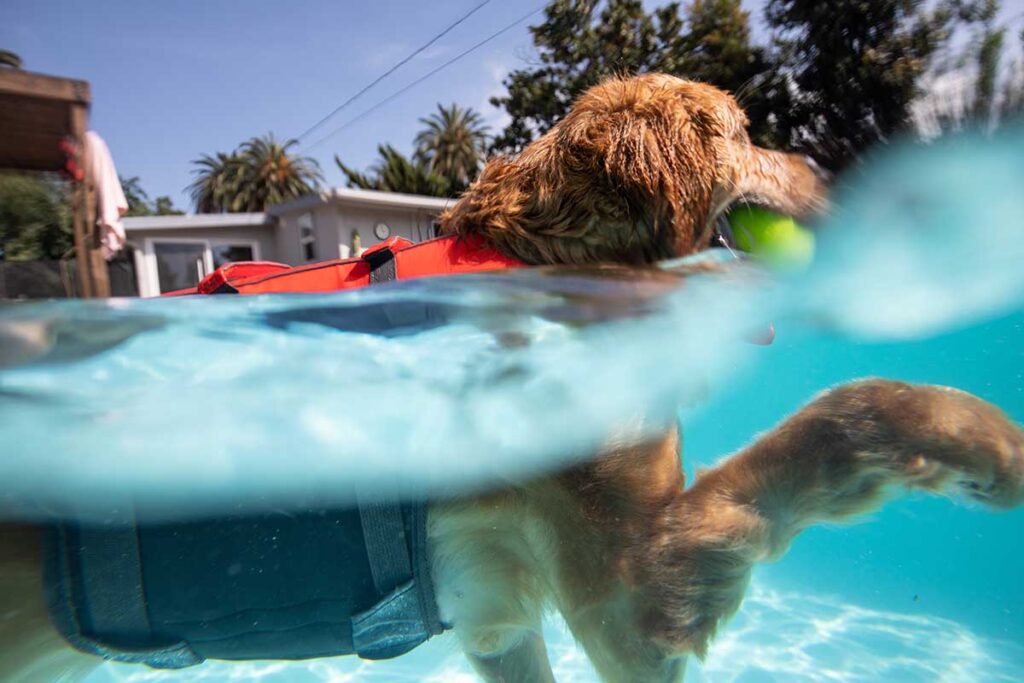
According to the American Kennel Club, there are ways to at least reduce the occurrence of elbow dysplasia. They suggest that breeders should radiograph at-risk breeds to establish their elbow status.
Dogs that show signs of the disease should not be part of their breeding plan. It would be better to spay or neuter those dogs instead. The Orthopedic Foundation for Animals has a program to help breeders determine the status of their dog’s elbows to help reduce the occurrence of this problem.
Another way to help prevent elbow dysplasia is with joint supplements like glucosamine and chondroitin. These supplements are anti-inflammatory drugs that can promote healing and help retain water in the cartilage. That water provides more cushioning for the joint.
Green-lipped mussel, or GLM, is another supplement that has been proven to reduce inflammation in both humans and dogs. It contains omega-3 fatty acids, glycosaminoglycans, and antioxidants, all of which promote joint health, decrease pain, and preserve function.
Most of the supplements are an early intervention option, but they can also be used throughout the progression of any present osteoarthritis. They have been shown to be safe for long-term use in most patients.
Functional Hip & Joint Support Jerky Bites Dog Treats, Blue, 8 Oz
$16.49 $12.99
Wholesome Pride Functional Hip & Joint Support Jerky offers nutritional support for connective tissues, bone health, and joint strength and flexibility. Our beef recipe hip and joint support dog chews are made with 100% natural ingredients as well as fatty acids that are vital to everyday health, strong muscles, and healthy joints. No dog needs a dog jerky treat with a long list of ingredients…
Elbow Dysplasia in Dogs: Final Thoughts
Canine elbow dysplasia is a debilitating condition that can decrease your dog’s quality of life. There are options for treatment that have proven successful, but the condition can only be managed, not cured.
The problem typically affects large or giant breed dogs. So if you’re looking for or have one of these, you might ask your vet for radiographs to check the status of their joints.
Breeders can help the problem by instituting sound breeding plans that check for this disease and prevent affected dogs from breeding. That is what will help the most.
